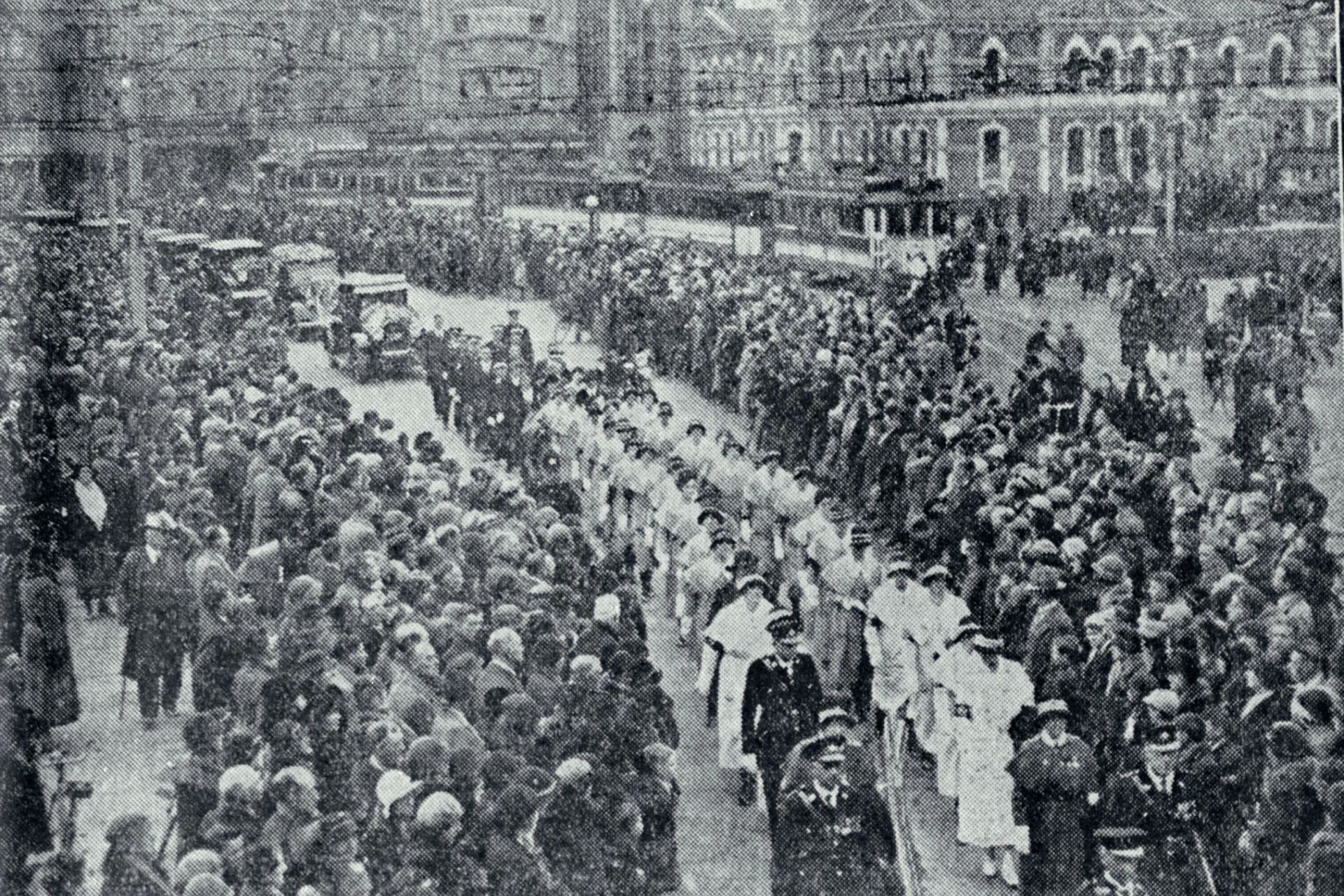Our History
Learn about our founder Sibylla Emily Maude and the history of our organisation.
Our History
Sibylla Emily Maude (1862-1935) was a formidable and selfless woman whose standard of nursing was ahead of her time. With singular devotion, she established a district nursing service, combatted influenza and impacted the lives of Christchurch’s most vulnerable. Her legacy is alive and well through the work Nurse Maude does every day.
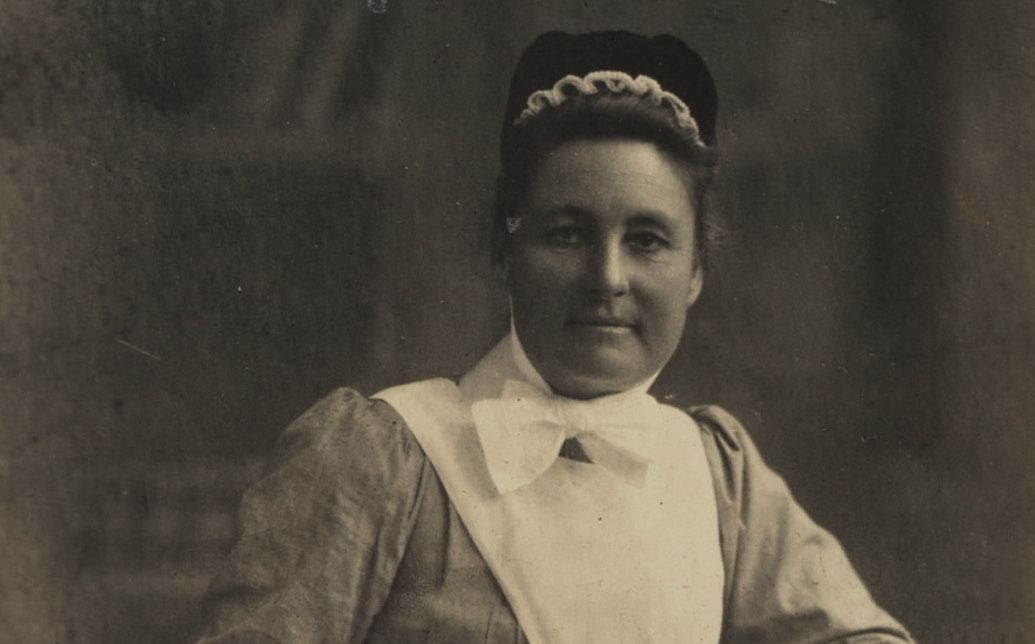
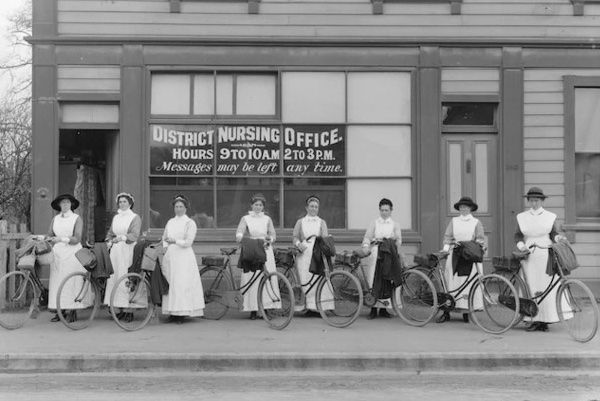
The Early Years
After training abroad in London Sibylla returned to Christchurch and proved how immensely capable she was, becoming the Hospital Matron after only a short year (1892).
Impassioned, Sibylla attempted to overhaul the way the hospital was run; in particular, she pushed for improvements in the conditions and training of nurses, understanding that improving nursing was the largest way to have a lasting impact on providing critical health care. The hospital board suppressed her bold ideas and rather than continue to battle with the establishment.
On 27 May 1896, she resigned from her position in Christchurch Hospital in favour of a hands on approach – providing nursing care directly in the homes and neighbourhoods around Christchurch.
Establishing NZ’s first District Nursing Service
Sibylla began the work that was later to become known as New Zealand’s first district nursing service. Lady Heaton Rhodes was a close friend and source of financial support to Sibbie as she called her. Rev. Walter Averill, later Archbishop of New Zealand also firmly backed and encouraged Sibylla’s work. Nurse Maude staged her operations from a converted shop in Durham Street, where she could dispense medicines, treat minor injuries and illnesses, and give clothes to the needy.
She ventured into the suburbs on foot every day with her nursing equipment, often lugging pans for cooking, cleaning and washing, because her patients did not own these basic necessities.
Eventually she was given a horse and cart and became a common sight bowling through the city with her black collie Gyp running behind.
In 1901 the Nurse Maude District Nursing Association was formed. The uniform, which Sibylla wore constantly, was light blue, with a white apron, a dark blue cape and a bonnet. Money was raised to extend the service and employ more nurses. Later bicycles were supplied to the nurses and Sibylla was given an Austin seven.
It is said that local police often turned a blind eye to her somewhat dubious driving skills.
Behind Sibylla’s uncompromising and direct approach was a real compassion and empathy for those most in need of her care.
The Nurse Maude Association Building
A two-story brick building on Madras Street was gifted to the Nurse Maude Association in 1918 by Sir Heaton and Lady Rhodes and its upstairs flat became Nurse Maude’s home until she died.
The association was based there until 1973. The building, damaged by the Canterbury earthquake of 2010, was subsequently demolished.
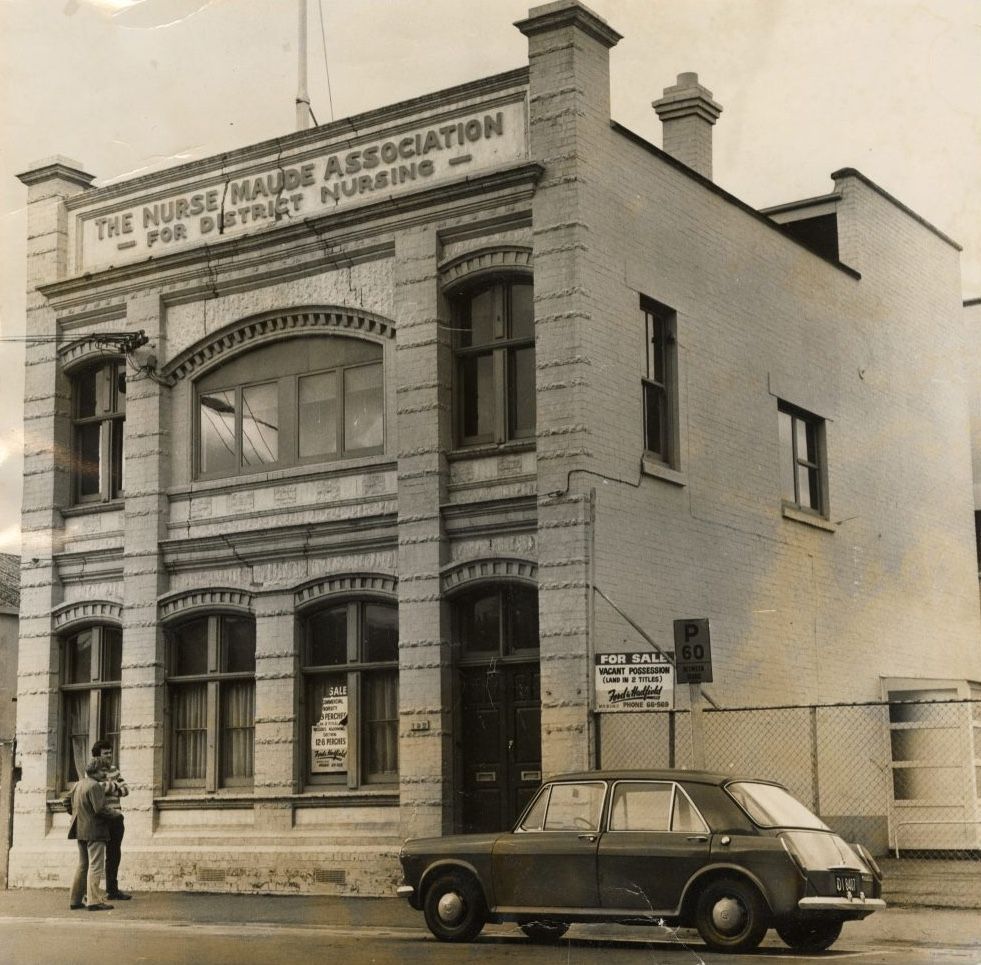
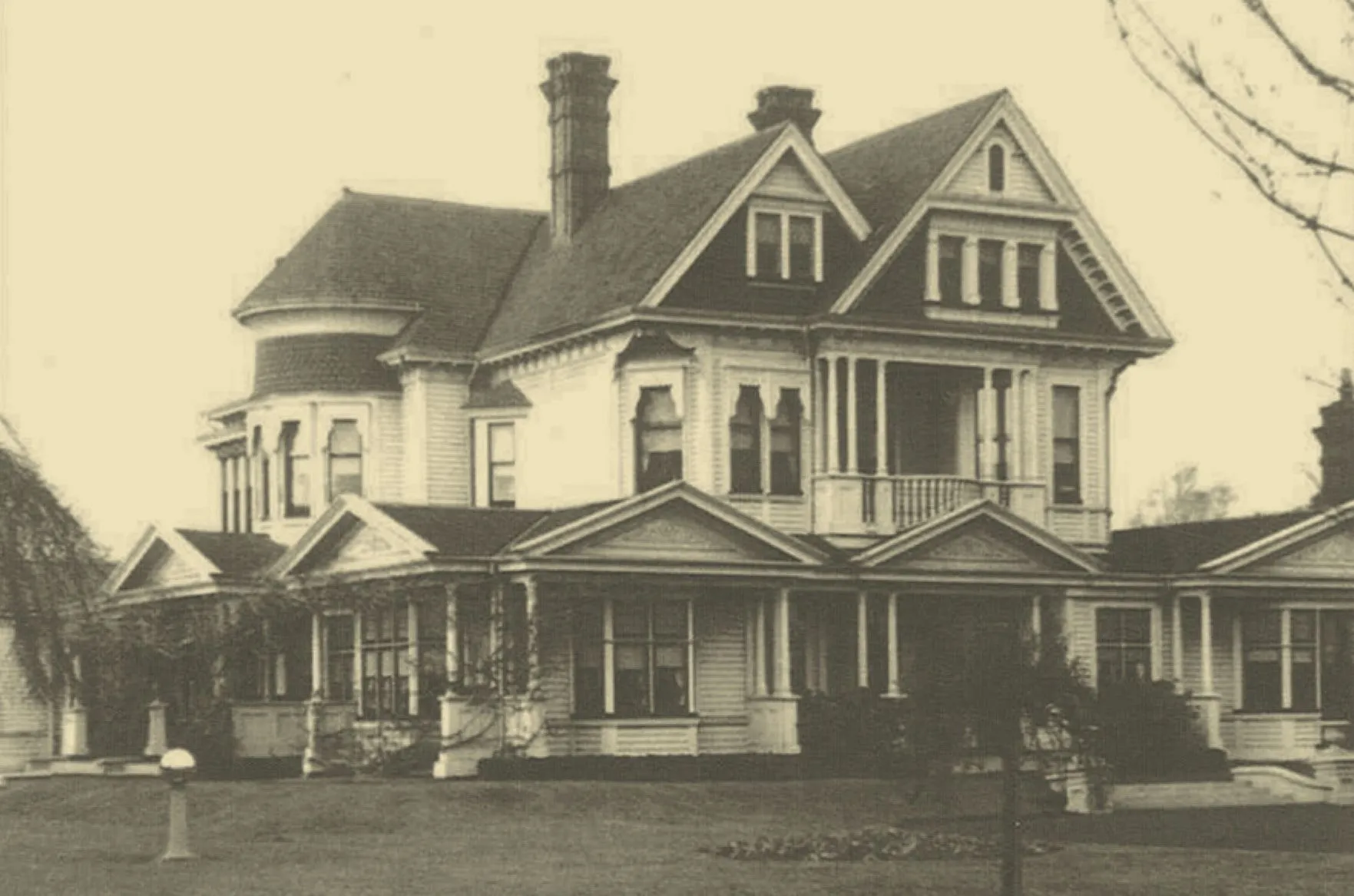
McDougall House
Another donation — the McDougall family homestead known as Fitzroy — became the Nurse Maude Care Home. Later renamed McDougall House, the building was severely damaged in the 2010 and 2011 earthquakes. The Nurse Maude board made a commitment to repair and restore McDougall House in recognition of the early support of the McDougall family and also to retain a small but important part of Christchurch’s diminishing architectural heritage.
Times of crisis
In 1904 Nurse Maude set up a camp at New Brighton for men suffering from tuberculosis, and another camp for women at Burwood in 1905. With a rapidly increasing workload Nurse Maude appealed for the Christchurch Hospital Board to take over the TB camps but it declined. A year later, however, the public called for a sanatorium to be built and in 1910 the camps were closed and the new sanatorium was opened on the Cashmere hills. Once again Nurse Maude had pioneered a change in the provision of health services. Eight years later she would be called on again; this time to coordinate the nursing of influenza victims during the influenza epidemic that began in November of 1918.
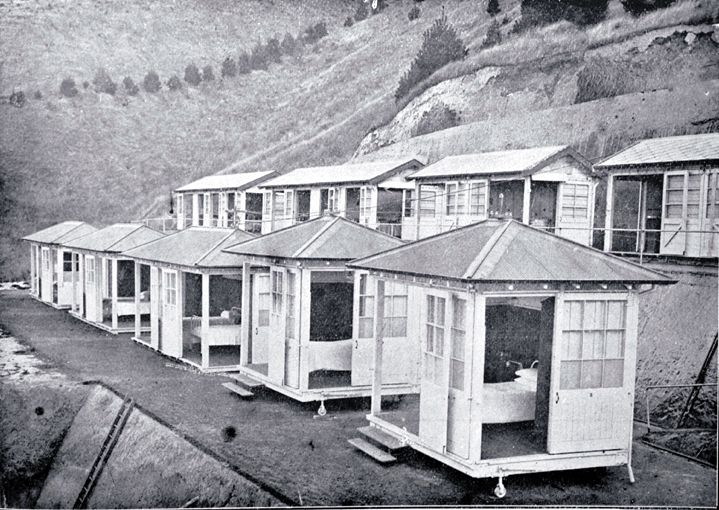
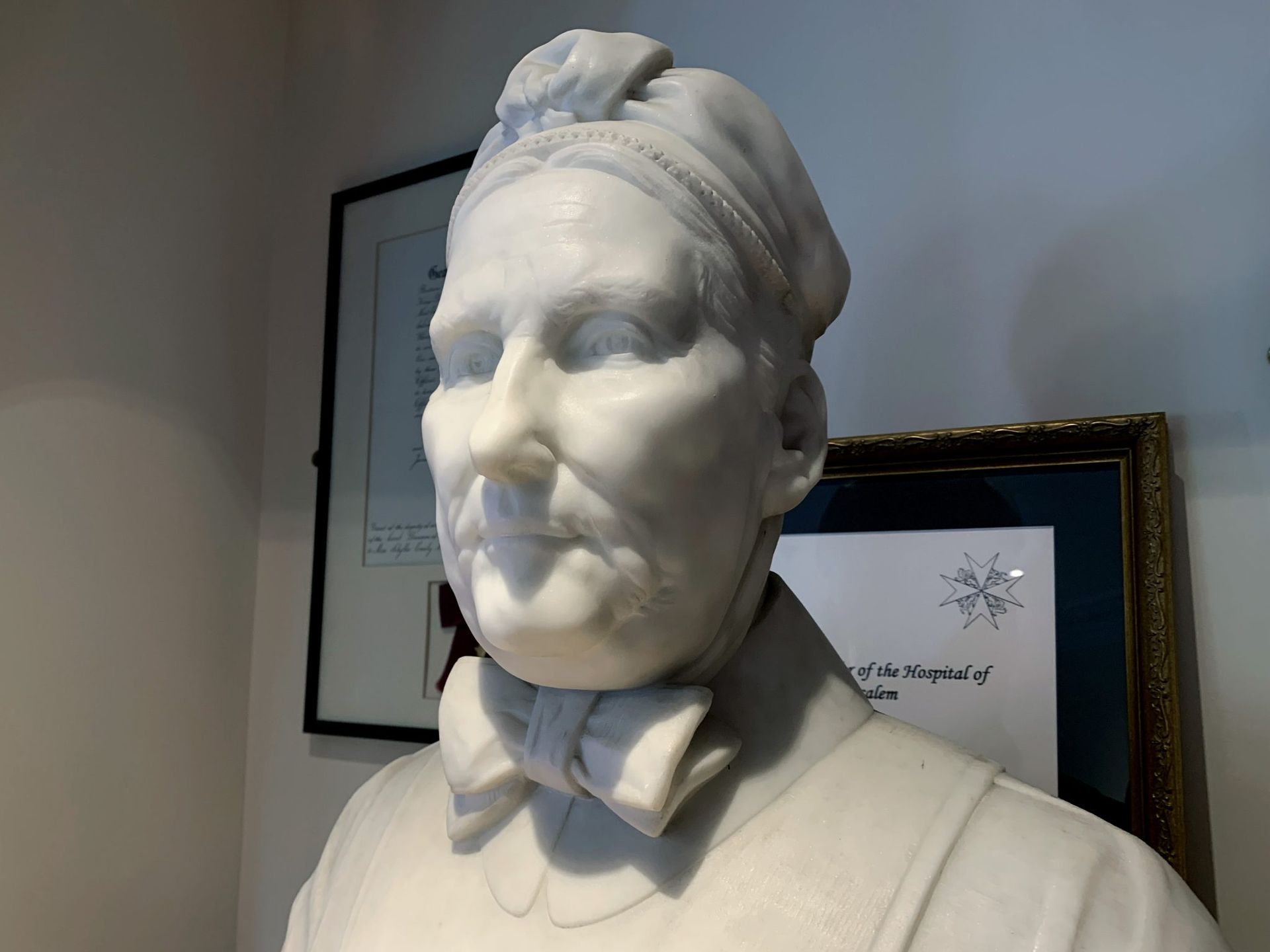
Sibylla Emily Maude OBE
In 1934 Nurse Maude was honoured with the OBE (Order of the British Empire), which she accepted only on condition it was presented to her in a private ceremony. She also reluctantly allowed a marble bust of her to be sculpted on the proviso that it was never publicly displayed in her lifetime.
Today it stands in the foyer of the Nurse Maude Care Home.
In 1925 Sibylla suffered from a serious illness which forced her to give up direct nursing work. She died 10 years later on 12 July 1935 in Christchurch.
Nurse Maude’s funeral
People lined the streets of the city for Sibylla’s funeral and she was later remembered in two stained glass windows, one in the chapel of Christchurch Hospital, and another in the chapel of the Community of the Sacred Name.
